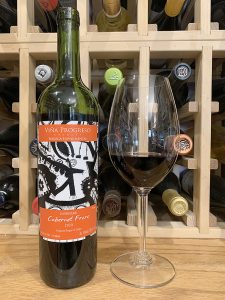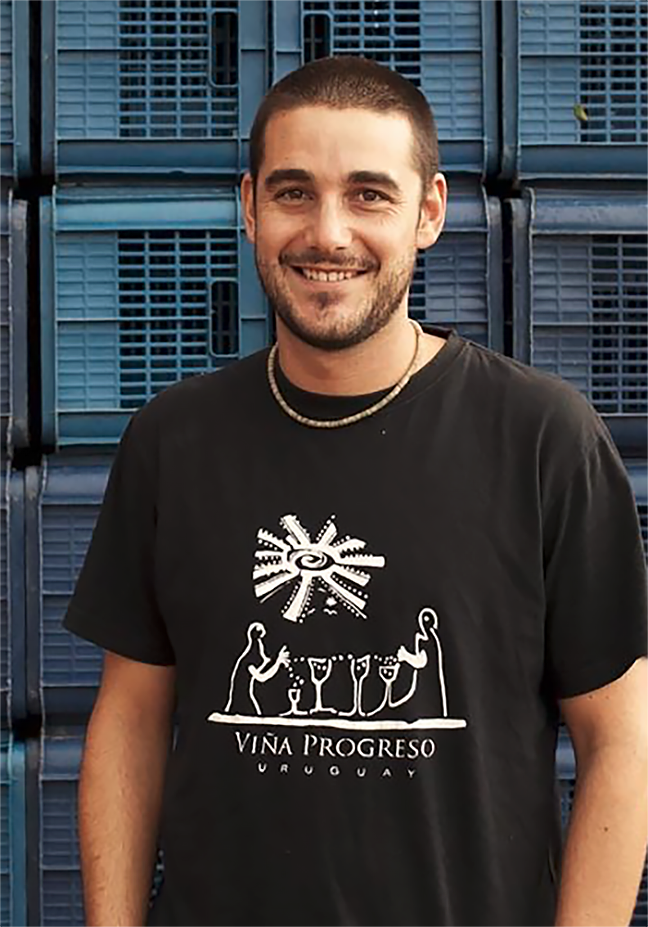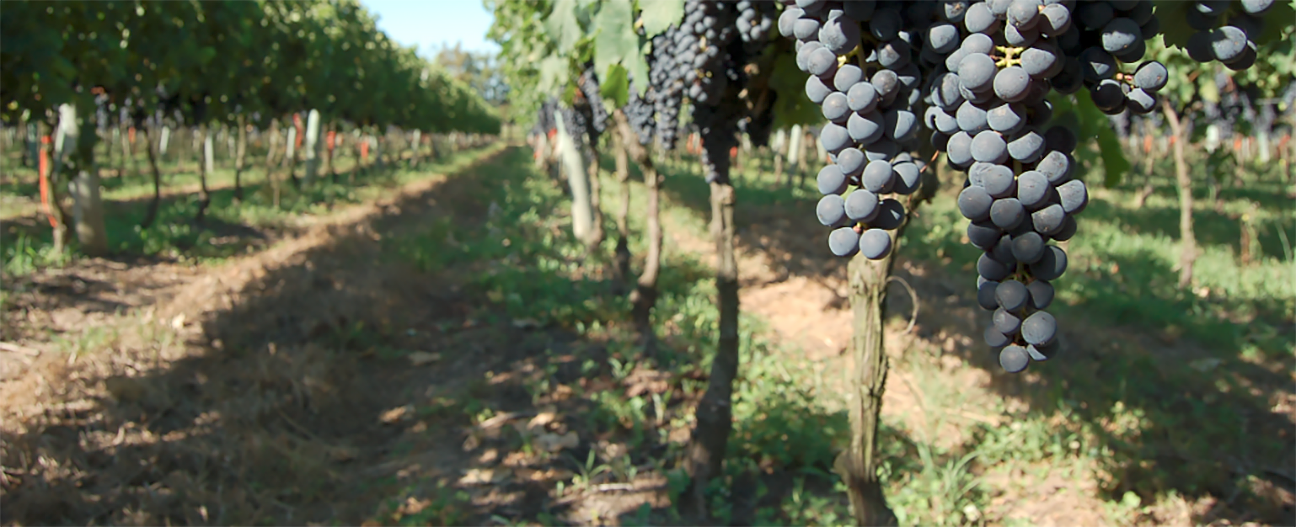Deep ruby color; raspberry, blackberry, plum, strawberry, slight bell pepper, violet-purple flowers, tobacco, chocolate on the nose and palate.

Dry; mild, sweet tannins and acidity. Light-medium body. Soft, very smooth even velvety, delicious. Cab franc—the progenitor of cabernet sauvignon, merlot, and carménère—can be rustic and one dimensional. This emphatically is not. The principle adjectives for this effort are tasty and delicious. This is a laid-back, fun-to-drink red wine that will pair with wide variety of food as well as can be enjoyed sipped solo or with modicum of charcuterie board morsels.
The grapes for this effort come from small plots in the Progreso village district and from the innovative verve of winemaker Gabriel Pisano. Vines are 10-30 years old. Hand harvesting is followed by temperature-controlled maceration in stainless steel for 4-6 days. Fermentation involves both native yeasts and selected yeast. Fermentation lasts 20 days with punch downs and pump overs.
The wine matures five-to-seven months, some in French oak, some in American oak, and some in stainless steel. Malolactic fermentation occurs during the aging regimen. The barrels appear to be second-use or older. There is only a mild oak influence in the wine. The wine is lightly filtered before bottling, then held in bottle prior to release. 14% ABV

Uruguay’s wine tradition is closely tied to its European heritage. While its wine industry is dwarfed by Argentina and Chile, Uruguayan wines are notable from their quality and innovation. The country’s industry dates back to the 1870s and the efforts of Basque and Italian immigrants. Pascual Harriague, a Basque immigrant, introduced tannat, the wine that defines Uruguayan wine today, in 1870. Tannat is the signature grape of Uruguay today.

The Atlantic Ocean significantly influences Uruguayan wine. The wine regions enjoy well-defined seasons—warm, dry summers and mild winters. Deep, fertile soils in the south and diverse, mineral-rich soils in other regions contribute to Uruguay’s varied, excellent, and affordable wine production. Uruguay’s wineries also increasingly focus on sustainability and environmental stewardship. And, in the case of Viña Progreso, experimentation. This effort is an example.
Viña Progreso Bodega Experimental Overground Cabernet Franc, Uruguay 2020 is very smooth and approachable, especially for a cab franc. Balanced, vibrant. Part of winemaker-innovator Gabriel Pisano’s commitment to introducing a new generation of wines in Uruguay to complement tannat, the signature grape of the country. This shows cab franc has a place in the Uruguayan wine conversation. Pair with beef and game like hare, partridge, wild duck; pasta with cream sauces; polenta with tomato sauce; tomato-based dishes in general; pork, including raw ham, mushrooms with garlic or truffles; lamb, veal; barbecued meats. Cheese— young, creamy; goat cheeses; camembert, brie, roquefort, feta, gorgonzola, fontina, chèvre, boursin, blue cheese. $14
